Accuracy
Accuracy generally quantifies how close a measurement is to its real value. In the practical context of pointing an imaging system, it describes how close to the intended viewing angle the imager actually achieves. Accuracy is generally discussed in connection with precision. Both quantities can best be described in terms of a series of measurements, since there can be variations from one occurrence to the next. Accuracy can be thought of as the average of a series of measurements, compared to the true value, while precision is how close each of the measurements are to each other, independent of how close to the target (or actual value) they are. This is often illustrated with the concept of shooting at a bullseye target: if the shots are all generally centered around the target, but still somewhat scattered, then accuracy is good, but precision is bad. If the shots are tightly grouped but are not on the bullseye, then precision is good, but accuracy is bad. The best case is when the shots are grouped tightly on the bullseye, which then means both accuracy and precision are good.

